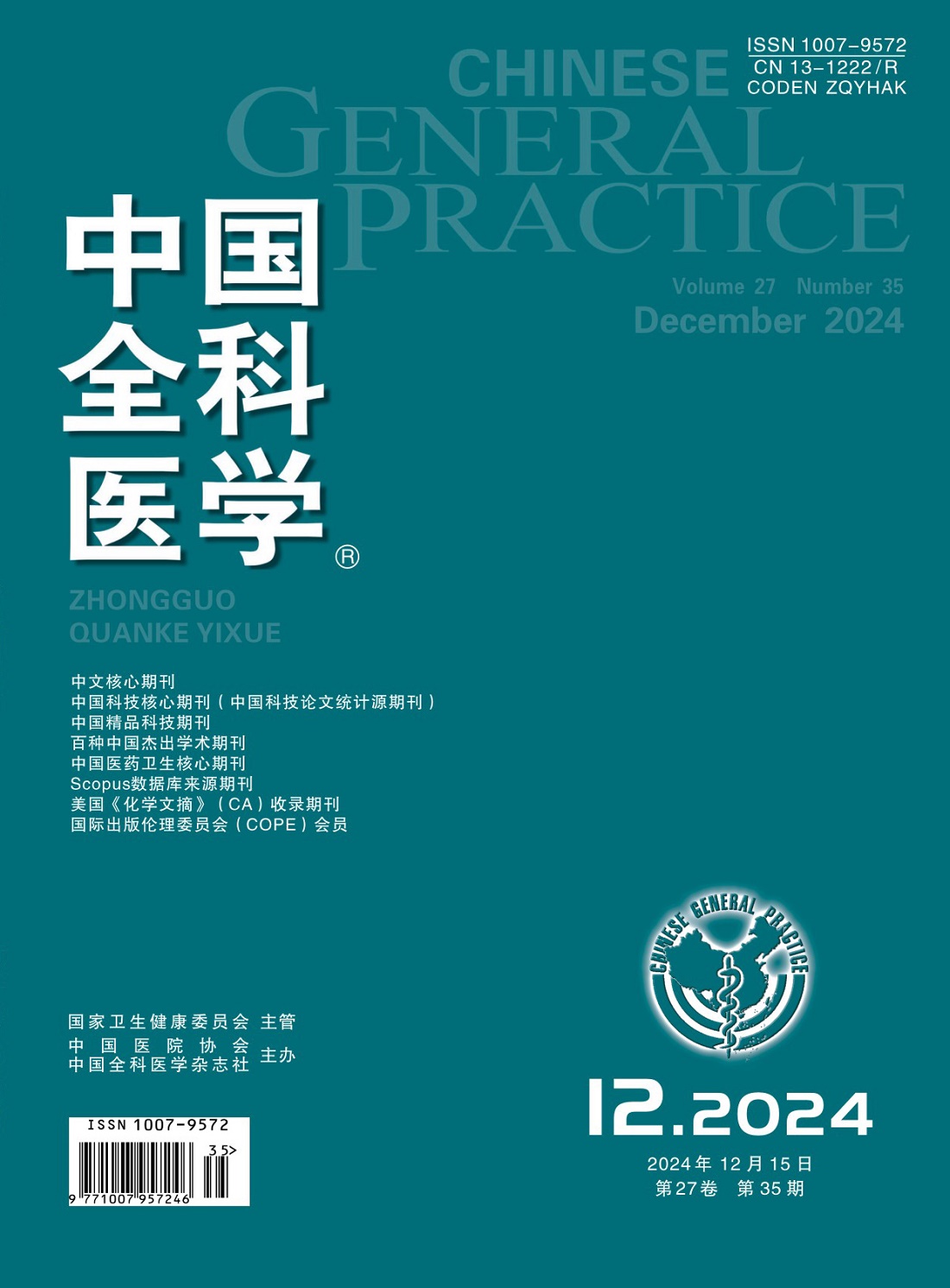2019新型冠状病毒抗体在现实世界检测结果的探索
Q3 Medicine
引用次数: 1
摘要
背景:在新冠肺炎早期,胶体金法最早被国家药品监督管理局批准临床使用,但抗体检测结果假阳性的干扰因素尚不清楚。目的:探讨临床新冠病毒抗体检测阳性结果的分析与解释。方法:回顾性分析北京大学国际医院2020年3月至6月同时提交SARS-CoV-2 IgM/IgG抗体和核酸检测的患者8 678例。流行病学史、临床表现及实验室指标(包括SARS-CoV-2 IgM/IgG抗体及核酸、类风湿因子、补体、免疫球蛋白)。采用胶体金法检测SARS-CoV-2 IgM/IgG抗体,磁颗粒化学发光法检测抗体阳性。采用RT-PCR法检测SARS-CoV-2核酸。对胶体金法检测阳性的标本,采用亲异性抗体阻断管(HBT)处理,然后重新进行检测。结果:(1)送检的8 678例患者标本中,8 677例SARS-CoV-2核酸检测阴性,其中胶体金法检测SARS-CoV-2 IgM抗体阳性25例(0.288%),IgG抗体阳性25例(0.058%),同时检测SARS-CoV-2 IgM抗体和SARS-CoV-2 IgG抗体的患者0例(0.058%)。(2)胶体金法检测SARS-CoV-2抗体阳性的患者30例无流行病学史;同时,SARS-CoV-2核酸检测结果均为阴性。排除感染SARS-CoV-2或既往感染SARS-CoV-2的可能性。其中10例SARS-CoV-2 IgM抗体阳性患者经2次以上动态监测后仍呈阳性,其余20例患者未进行临床主动监测。(3)胶体金法检测SARS-CoV-2 IgM抗体假阳性率为0.288%,SARS-CoV-2 IgG抗体假阳性率为0.058%。采用HBT处理SARS-CoV-2胶体金阳性标本后,25例SARS-CoV-2 IgM抗体阳性标本中除1例仍为阳性外,其余均为阴性,5例SARS-CoV-2 IgG抗体阳性标本结果仍为阳性。(4)30例SARS-CoV-2抗体阳性患者的类风湿因子、补体和免疫球蛋白水平均在正常参考范围内。结论:SARS-CoV-2抗体检测结果可能存在假阳性。大多数SARS-CoV-2 IgM抗体阳性是由嗜异性抗体干扰引起的。SARS-CoV-2 IgG抗体阳性的患者可能还有其他潜在的未知干扰因素。异亲性抗体对胶体金法的干扰大于化学发光法。因此,非疑似患者或确诊患者不应进行SARS-CoV-2抗体检测,以指导临床实践,必须考虑实验的干扰因素。版权所有©2021中国全科医生。本文章由计算机程序翻译,如有差异,请以英文原文为准。
Exploration on the Detection Results of 2019 Novel Coronavirus Antibodies in the Real World
Background: In the early stage of COVID-19, the colloidal gold method was the first to be approved by the National Medical Products Administration for clinical use, but the interfering factors of false positive antibody test results are still unclear. Objective: To explore how to analyze and interpret the positive results of COVID-19 antibody test in clinical practice. Methods: A total of 8 678 patients simultaneously submitted for SARS-CoV-2 IgM/IgG antibody and nucleic acid in Peking University International Hospital from March to June 2020 for retrospective analysis were included in the inretrospective analysis. The epidemiological history, clinical manifestations and laboratory indicators(including SARS-CoV-2 IgM/IgG antibody and nucleic acid, rheumatoid factor, complement, immunoglobulin). The colloidal gold method was used to detect the SARS-CoV-2 IgM/IgG antibody, and the positive check of the antibody was performed by the magnetic particle chemiluminescence method. RT-PCR method was adopted to detect SARS-CoV-2 nucleic acid. The heterophilic antibody blocking tube(HBT)was used to process the specimens that were positive by the colloidal gold method, and then the test was performed again. Results: (1)Among the 8 678 patient specimens submitted for examination, 8 677 were negative for SARS-CoV-2 nucleic acid detection, of which 25 cases(0.288%)were positive for SARS-CoV-2 IgM antibody detected by colloidal gold method, SARS-CoV-2 -5 patients(0.058%)with IgG antibody positive, and 0 patients with SARS-CoV-2 IgM and SARS-CoV-2 IgG antibodies at the same time.(2)Thirty patients who tested positive for SARS-CoV-2 antibody by colloidal gold method had no epidemiological history, and at the same time, the results of SARS-CoV-2 nucleic acid test were negative. The possibility of SARS-CoV-2 infection or previous SARS-CoV-2 infection was ruled out. Among them, 10 patients with positive SARS-CoV-2 IgM antibody were still positive after more than 2 times of dynamic monitoring, and the remaining 20 patients were not clinically active monitored.(3)The false positive rate of SARS-CoV-2 IgM antibody detected by colloidal gold method was 0.288%, and the false positive rate of SARS-CoV-2 IgG antibody was 0.058%. After HBT was used to process the SARS-CoV-2 colloidal gold-positive specimens, among the 25 SARS-CoV-2 IgM antibody-positive specimens, except for 1 case which was still positive, the other results became negative;the results of 5 specimens with positive SARS-CoV-2 IgG antibody were still positive.(4)The rheumatoid factor, complement and immunoglobulin levels of 30 SARS-CoV-2 antibody-positive patients were within the normal reference range. Conclusion: The SARS-CoV-2 antibody test results may have false positives. The majority of SARS-CoV-2 IgM antibody positives are caused by heterophilic antibody interference. Those with SARS-CoV-2 IgG antibody positive may also have other potentially unknown interference factors. Heterophile antibodies interfere with colloidal gold methods more than chemiluminescence methods. Therefore, non-suspected patients or confirmed patients should not be tested for SARS-CoV-2 antibody to guide clinical practice, and the interference factors of the experiment must be considered. Copyright © 2021 by the Chinese General Practice.
求助全文
通过发布文献求助,成功后即可免费获取论文全文。
去求助
来源期刊

中国全科医学
Medicine-Family Practice
CiteScore
0.70
自引率
0.00%
发文量
27733
期刊介绍:
Chinese General Practice, established in 1998 and approved by the National Press and Publication Administration, is governed by the National Health Commission and sponsored by the Chinese Hospital Association and the Publishing House of Journal of Chinese General Practice. The journal aims to promote the concept of "wellness," provide timely reporting of outcomes in general practice and clinical research, and facilitate the development of general practice and community health services in China. It also aims to disseminate general practice research globally and establish a platform for scientific research and academic exchange.
The target audience of the journal includes researchers, educational personnel, policy makers, managing staff, and professionals in general practice and community health services, as well as those in related specialties.
 求助内容:
求助内容: 应助结果提醒方式:
应助结果提醒方式:


